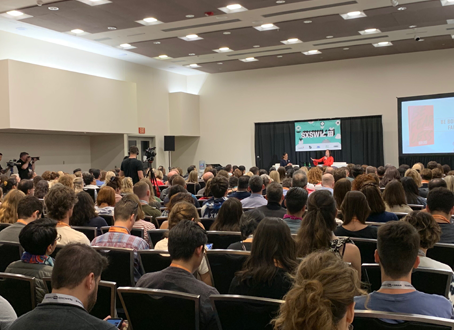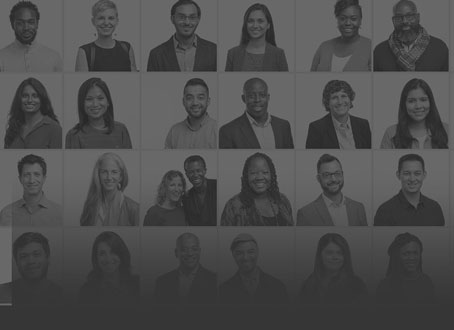This post was written by Andrew Hill on behalf of the Case Foundation:
If your nonprofit is looking to make maps with your data, or just wants to update some of your existing maps—your timing is perfect. It has never been easier to turn data into an interactive map to better inform and engage your readers.
The open source community is actively working together to make mapping tools more mainstream. For almost three years now, the team at CartoDB has been creating a platform that is not only accessible, but also a force for good. CartoDB is a hosted mapping service designed to help people create maps from their data. Today, many nonprofits are using our tool to add interactive maps to their websites and to communicate their work and their findings through their blogs and social media.
The focus of the service is simplicity. Our goal is to address many of the obstacles that have traditionally stood in the way of creating interactive maps online. For example, we have removed the need for any desktop software and tried to support many of the data formats that people are already working with in the day-to-day, including spreadsheets and CSVs.
For our part, we have been building projects like Torque and Odyssey.js to help you make maps in totally new and interesting ways. Nonprofits and other organizations are quickly taking advantage of this progress.
Beyond technological advances, it has also become abundantly clear that nonprofits can tap into the power of maps to communicate complex ideas. Unlike charts and graphs, people seem to have a willingness to explore and to try and understand complex data when summarized neatly on a map. Projects like Global Forest Watch and Food Security Map are making important data accessible through simple and well-designed interfaces.
Here are three tips to help you get started if you’re interested in turning data into a map.
1. Tell a story – While data visualization can be well designed and engaging on the surface, your work will have far greater impact if you integrate it more fully and use it to tell a meaningful and clear story.
2. Don’t be afraid of errors – Data is almost never perfect, but that doesn’t mean you have to let that hold you back from putting it out in the world. Sure, you’ll want to make it clear if you think your data might contain discrepancies, but if you do it openly you’ll be surprised how many people want to help make it better.
3. Iterate – You are rarely going to get it right the first time when it comes to data visualization, and even when you do things change. Think of data visualization and mapping as an ongoing process. Take time after you’ve posted to make your designs better, refine your story and improve the application of technology.
So what are you waiting for? The moment is right and the reasons are clear on why you should start experimenting with data visualization. Have a map or data visualization tip to share? Please post in the comments or tell us on Twitter @CaseFoundation.





